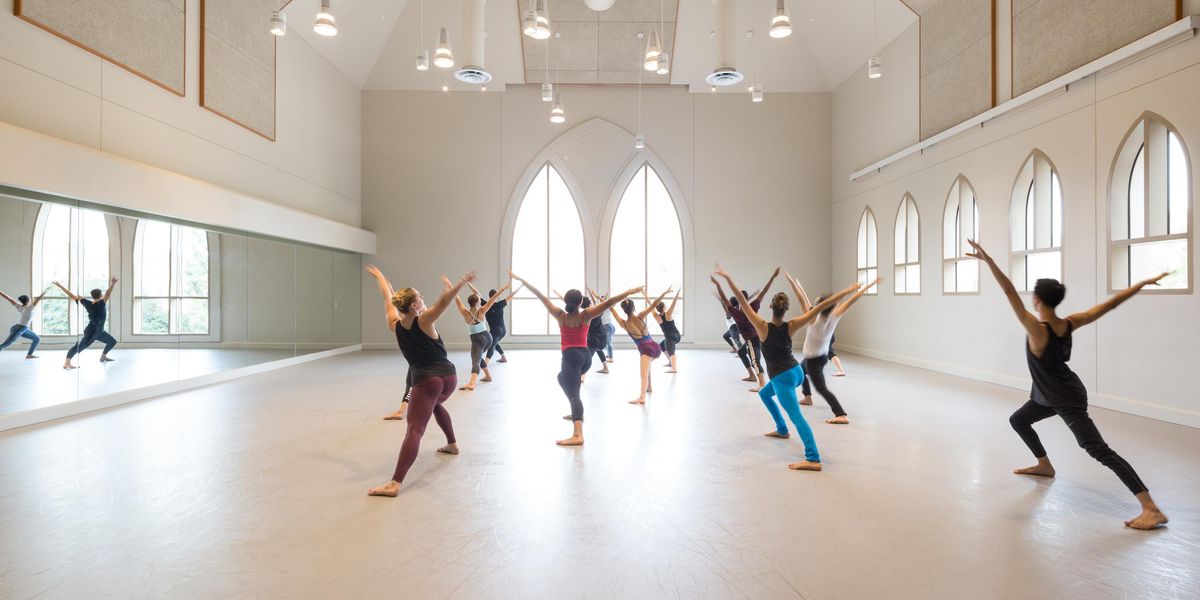Angel in America
Angel Corella is having a hard time staying seated. As he coaches Pennsylvania Ballet’s Alexander Peters in a rehearsal of the iconic Balanchine role from Prodigal Son, he keeps jumping up to demonstrate. “You are thinking, ‘I won’t do what you tell me.’ Use your body, your head, everything you have here,” Corella narrates over a section of mime, unpacking the character motivations of a stubborn boy intent on having his inheritance and traveling the world. Corella then guides Siren Lauren Fadeley through a stretch of difficult music, seeming to know the inner workings of her role nearly as well as that of the son. Later, working with another cast’s lead, Jermel Johnson, on a wider stance and more open elbow for the Son’s iconic open-mouth pose, Corella waxes philosophical: “It has to be a scream. We don’t hear it because it is a dance, but it has to be a scream.”
Corella is intent on making the most out of his first season as artistic director of Pennsylvania Ballet. Before retiring from an illustrious career with American Ballet Theatre in 2012, Corella helped develop a national Spanish ballet company, Barcelona Ballet, in 2008. But against a difficult backdrop in a country that is “all for sports,” as he puts it, he dissolved the troupe just five years later. So when Pennsylvania Ballet’s longtime artistic director Roy Kaiser stepped down following a decade of box office and funding challenges, Corella took the opportunity to return to the States, bringing with him his big company vision and invaluable personal experience—not to mention star power.
Since Corella’s appointment, there has been some shuffling of the staff, as he felt the need to build his own team. Ballet masters now include Julie Diana and Zachary Hench, both former PAB principals and colleagues of Corella’s from one of his international touring groups, as well as ballet mistress Samantha Dunster, whom Corella brought on to develop and coach the corps de ballet. As for the dancers, he will continue to hire as retirements allow and, at least for now, does not seem to have plans for a major housecleaning.
While Corella believes in preserving the Balanchine repertoire the company was founded on, he plans to move away from the comfort zone with new work from choreographers such as Wayne McGregor, Justin Peck, Paul Lightfoot, Liam Scarlett and Nacho Duato. In addition, Corella is looking to bring in classics new to the company, such as Don Quixote, Onegin and Manon, as well as seeking creations of stories that have not yet been told through dance. Likewise, getting more involved in the community of Philadelphia through outdoor venues is as big a priority for Corella as is touring PAB internationally. In a fitting move for someone who “likes to be in the studio more than the office,” Corella has abandoned the artistic director’s office, allowing the large room to become a more spacious physical therapy area for the dancers.
In his company class, which is full of simple, dynamic combinations, Corella pushes the dancers towards cleaner lines. Looking boyish in his warm-ups and bandanna, he pings back and forth between proper placement and musicality. “We are not waiting for someone to hold up numbers. It is not the Olympics,” Corella jokes during adagio.
“Don’t get to the position too soon and die; use the whole phrase of music and breathe.” He seems intent on rooting out what he considers to be the perversions of the Balanchine technique: exaggerated over-crossing of the tendu, because it throws the hips off kilter and eventually gets in the way of high grands jetés, and arms hugged in too tight during pirouettes, because it does not allow for the arms and elbows to be part of the balance during the turn. “Your arms are in first and they will provide support,” he says to the women during a turn combination across the floor. As if on cue, one of his new hires, corps member Mayara Pineiro, whips off eight revolutions. “No matter the style, what is incorrect is incorrect,” Corella explains later when pressed about the nature and direction of these corrections. “This is still classical ballet.”




